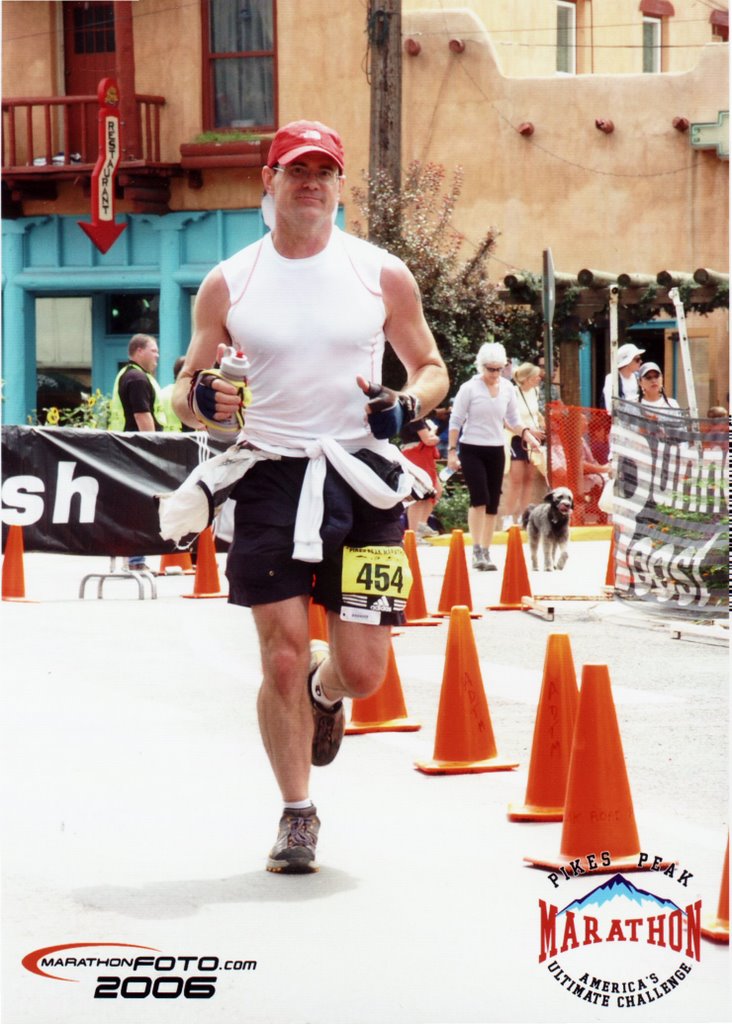Events on Mt. Hood
I've had friends ask me what I thought about the events on Mt. Hood recently. Many criticize me for climbing in winter, especially for climbing in blizzards with raging winds. So here's how I see things...

Those guys on Hood were apparently very sharp and tough, with experience to match. Even as horrible as things were, it seems they were definitely ready and able to deal with things.
What seems to have gone wrong is that they weren't equiped for a long-haul and one of them got severely hurt.
I don't know how Kelly James got hurt, but it led to the death of them all.
In winter, one of the most important things - and one of the most difficult things - is staying hydrated. When the temperatures are below freezing, there's no water in liquid form. You either have to melt snow or ice with body heat, or with a stove. If the temps are 30F, you might be able to stay hydrated from eating snow, but certainly not well-hydrated. At even colder temps, with an injury, and not moving enough to create body heat and keep circulation going, you have to have external heat.
So, fuel is water. You run out of fuel, you run out of water. You run out of water, the blood gets thick and you succumb to hypothermia.
I never saw a report specific to Kelly James' injuries, but they must've been significant. That's the mystery. It doesn't seem likely he got injured in a fall because they were near the summit. I can't think of many injuries that would keep three climbers at a summit. Even a broken femur ought to allow a painful decent. Going down is so much easier, especially with two people to help. It would seem they only had to go one mile downhill, so why did they stay?
Danelle Ballengee recently fell dozens of feet and broke her hip and was able to crawl a quarter mile up-hill.
When you're cocooned in winter gear, it's easier because thick layers of clothing protect you from scrapes. Whatever stuck them near the summit must've been a serious puncture with bleeding - only guess I can come up with.
I have a scar on my forehead. It was put there by my ice hammer. The pick came out and the hammer bounced off my thick slovak skull. My skull was fine, but my skin was cut and I nearly drowned in my own blood. It gushed and wouldn't stop.
I keep thinking: what if it had been the other tool - the one with the adze? That would've cut the skin much worse, and it would've taken a chip out of my skull.
Ice-climbing equipment can hurt you as well as save you. I wonder if, in those extremely high winds, if someone fell on an ice ax, or some similar freak and tragic event?
I've heard people criticize them for being up there. I don't think that's fair.
Climbers almost never die. People get hurt, and sometimes die, skate-boarding, hunting, skiiing, etc., but not many critisize them. Why criticize climbers?
Someone said it isn't fair that "tax-payer money" was spent on them, but that's not fair.
First, a certain amount of Search&Rescue personnel are being paid anyway, whether they're sitting around waiting, or actively searching.
Second, most of the money for SAR comes from fees paid by the people who are potentially serached for: hikers, climbers, hunters, etc.
Third, many of the people involved in SAR are unpaid volunteers.
Fourth, even National Guard helicopters and personnel are going to expend resources on training events - even when there's no one needing rescue.
Fifth, the people doing the SAR were climbers. Climbers working for climbers.
Last year, I was on a team near the summit of Holy Cross looking for Michelle Vanek. Climbers stick together and help when we can.
These three climbers were NOT stupid. That doesn't mean they didn't make mistakes. From the reports given, none of us can figure out what the mistakes were. We don't have the whole story.
Some say they're selfish to climb. But that's not fair. Everyone decides to do things that are self-serving and can have dire consequences. People drive too fast, they run stop lights, they have long, animated phone conversations while driving, put on make-up and eat while driving. The carnage is horrific.
People eat like pigs and become obese and diabetic slowly over the years - while teaching their kids through example - and end up dieing 40 years sooner. That's chronic narcisism spread out over decades! It sets a bad example and it drives up insurance costs for all of us.
Smokers! @%$!#*&
To sum up, these guys were neither heroes nor assholes. They were just a bunch of great guys who got into a situation they couldn't get out of. It was a tragedy. Because they made all the decisions, they bear responsibility. I think all climbers feel that way. I would've gladly helped out if I could.


0 Comments:
Post a Comment
<< Home